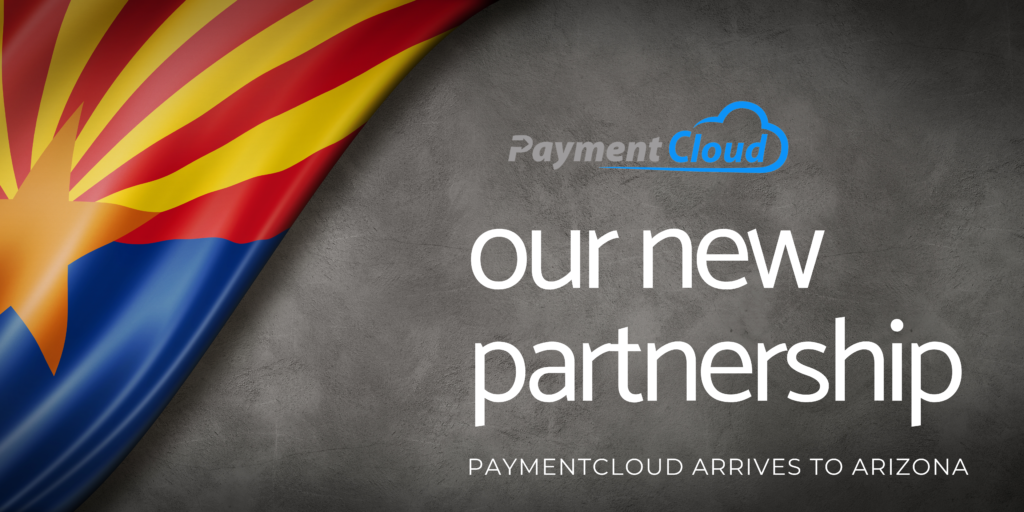Client Market Research
Merchant Services Landscape in Phoenix, Arizona
The merchant services industry in Phoenix, Arizona, reflects a dynamic landscape influenced by both local and national trends. As of 2023, the financial technology sector is experiencing rapid growth, with increasing demand for integrated payment processing solutions among businesses of all sizes. Local businesses are particularly focused on adopting technologies that enhance customer experience, such as mobile payment options and online payment gateways.
In terms of legal challenges, recent lawsuits regarding surcharging and dual pricing practices have emerged, particularly affecting small businesses. For instance, in 2022, several local restaurants faced litigation over surcharging practices, prompting a reevaluation of pricing strategies. Local business owners report a mixed sentiment towards surcharging; while some appreciate the flexibility it offers in managing costs, others fear potential backlash from customers.
Competitors in the merchant payment processing space in Phoenix include both established players like Clover, Square, and PayPal, and local providers that offer tailored solutions. The competitive dynamics suggest a trend towards personalization in services, where local providers differentiate themselves by offering customized payment solutions that cater to specific business needs.
Trends and Challenges in Merchant Payment Processing
The merchant payment processing industry is currently trending towards contactless payments, increased use of mobile wallets, and the integration of artificial intelligence for fraud detection. The growth rate for the overall payment processing market is projected to be around 11% annually over the next five years, driven by technological advancements and changing consumer behaviors.
Key challenges faced by merchants include high transaction fees and the complexity of navigating compliance regulations. Additionally, the customer retention rate for payment processing services hovers around 70%, indicating a need for improved customer service and support. Business owners often cite transparency in pricing as a critical factor influencing their choice of payment processors, with many seeking competitive rates without hidden fees.
Emerging technologies such as blockchain are also beginning to influence the landscape, with the potential for reducing costs and increasing transaction security. However, many smaller merchants remain unaware of these technologies and their benefits, presenting an opportunity for education and outreach.
Consumer Attitudes Toward Payment Processing Innovations
Consumer attitudes toward surcharging and dual pricing are largely dependent on their understanding of the value provided. Surveys indicate that around 60% of consumers are open to surcharges if they result in lower overall prices, while 30% express concern about transparency.
Additionally, there is a growing acceptance of online payment gateways, with 75% of consumers prefer digital payments over cash.
Regarding funding initiatives, businesses are increasingly seeking innovative financing options, such as revenue-based financing, to support their cash flow needs. This trend highlights an underserved market where tailored financial solutions could be developed.
Furthermore, the demand for better customer support in payment processing services is evident, with businesses seeking partners who can provide not just technology, but also consultancy on best practices in payments management.
Market Size and Growth Projections for Merchant Services
The merchant services market in the U.S. is valued at approximately $100 billion, with a projected compound annual growth rate (CAGR) of around 11% through 2028. Factors driving growth include the rise of e-commerce, increased smartphone penetration, and changes in consumer payment preferences.
Compared to adjacent markets like e-commerce platforms, which have seen a CAGR of 16%, the merchant services sector is expanding rapidly but faces competitive pressure. To capitalize on this growth, businesses should consider leveraging data analytics to optimize their payment processes and enhance customer experiences.
To obtain more specific data, businesses can utilize industry reports from sources such as IBISWorld, Statista, or the National Retail Federation, as well as conduct internal surveys to gauge customer preferences.
Customer Demographics and Psychographics in Merchant Services
The typical customer base for merchant services includes small and medium-sized enterprises (SMEs), with a demographic spread across various industries. Key segments include retail, hospitality, and e-commerce, with owners often aged between 30-55, predominantly male, and with varying levels of income and education. Psychographically, these customers value efficiency, transparency, and reliability in payment processing.
For example, a local coffee shop owner reported that their revenue surged by 15% after integrating a mobile payment solution, illustrating how targeted solutions can meet customer needs effectively.
Another case involves a boutique store that improved customer satisfaction by offering multiple payment options, including digital wallets.
Identifying specific pain points, such as the need for faster transaction times and lower fees, can help tailor marketing strategies and service offerings to better resonate with these segments.
Challenges and Needs in the Merchant Services Sector
Common challenges in the merchant services industry include high transaction fees, complex compliance requirements, and the need for robust customer support.
Smaller providers differentiate themselves by focusing on niche markets, such as local artisans or small restaurants, and offering customized solutions that larger companies may overlook.
Strategically, businesses can enhance their offerings by integrating additional services, such as loyalty programs or accounting software, thereby providing greater value to their customers and fostering long-term partnerships.
SEO Strategy for Merchant Services Business
A comprehensive SEO strategy for businesses in Phoenix should focus on both short-tail and long-tail keywords.
High-impact keywords might include ‘your business name Phoenix,’ with search volumes ranging from 1,000 to 10,000 monthly searches.
Long-tail keywords such as ‘best your business name/products Phoenix’ can yield higher conversion rates due to lower competition.
A content calendar should include blog posts on topics like ‘Understanding Your Business’ and a mix of infographics and video content to engage users.
Successful examples in the industry include blogs that simplify complex topics, making them accessible to small business owners.
Consider implementing interactive content such as calculators for products to enhance user engagement.
Competitive Analysis of Merchant Services Providers
A SWOT analysis of key competitors such as Square, PayPal, and local providers reveals various strengths and weaknesses. Square’s strength lies in its user-friendly interface and strong brand recognition, while its weakness is its pricing transparency and inability to surcharge debit cards, as confirmed Square’s terms of use and Mastercard Surcharge rules.
PayPal offers extensive integrations but often faces criticism for customer service.
Local providers may lack brand recognition but can capitalize on personalized service and community engagement. Strategic suggestions include developing unique value propositions tailored to local businesses and forming partnerships with local banks to enhance service offerings.
Future Opportunities in Merchant Services
Emerging trends indicate a significant opportunity for businesses to explore blockchain technology for transaction processing, which promises enhanced security and reduced costs.
Additionally, the increasing demand for contactless payments presents an opportunity for businesses to innovate their service offerings.
Strategic initiatives could involve developing partnerships with tech startups focused on payment innovations or expanding service offerings to include financial consulting, thus positioning the business as a comprehensive financial partner for merchants.
SWOT Analysis for Merchant Services Provider
Conducting a SWOT analysis reveals key insights: Strengths include strong local relationships and customizable service offerings; Weaknesses may involve limited brand recognition and resource constraints; Opportunities are present in emerging technologies and growing demand for online payments; Threats include intense competition and regulatory changes.
Addressing these factors through targeted marketing strategies and leveraging technology can enhance competitiveness and market positioning for merchants, in Phoenix, Arizona.
Pricing Strategies in Merchant Payment Processing
Pricing strategies within the merchant services industry vary widely, with transaction fees typically ranging from 0.5% to 4% per transaction.
Businesses should consider adopting tiered pricing models to accommodate different types of merchants and transaction volumes.
Recommendations include conducting a competitive analysis to identify optimal pricing structures and potentially offering discounts for long-term contracts or higher transaction volumes. Adapting pricing strategies based on market conditions can lead to improved customer retention and acquisition.
Design and Functionality Recommendations for Merchant Services
To appeal to the target audience, the website design should be clean, professional, and mobile-optimized.
Incorporating clear calls-to-action, customer testimonials, and educational resources can enhance user engagement.
Critical functionalities include e-commerce capabilities, easy integration with existing systems, and robust customer support options. Tools from GoDaddy, such as their website builder and payment solutions, can facilitate the implementation of these functionalities.
Successful design practices in the industry, simplicity and user-centered design, can significantly improve conversion rates for merchants.
Share the Post:














